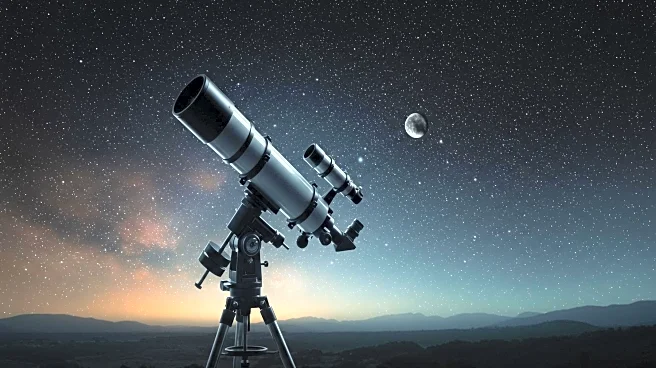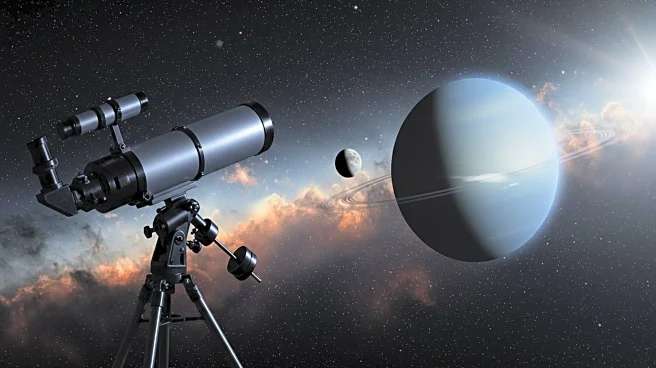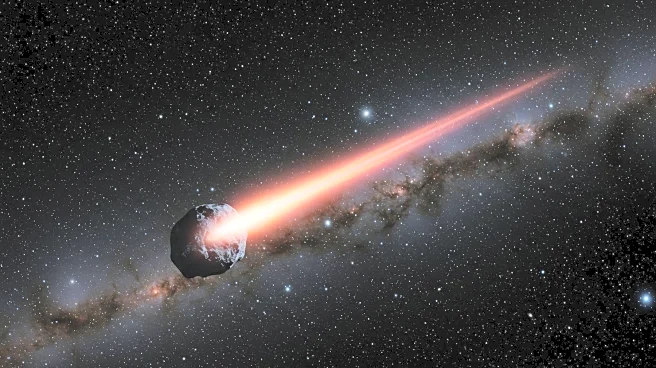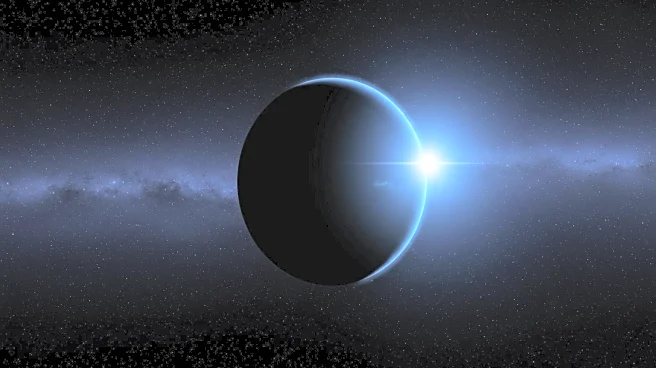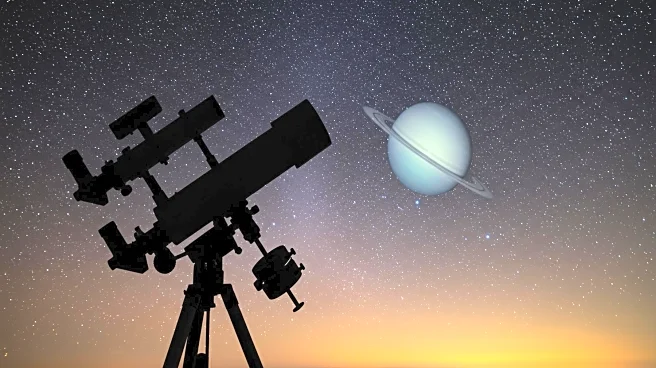What's Happening?
NASA's James Webb Space Telescope has identified a new, tiny moon orbiting Uranus. This discovery adds to the known moons of Uranus, expanding our understanding of the planet's satellite system. The Webb Telescope, renowned for its advanced capabilities, continues to provide significant insights into the outer solar system. The identification of this moon highlights the telescope's ability to detect celestial bodies that were previously unknown, offering new opportunities for research and exploration.
Why It's Important?
The discovery of a new moon around Uranus is a significant advancement in planetary science, providing researchers with more data to analyze the dynamics and evolution of Uranus's satellite system. This finding could lead to a better understanding of the formation and history of the planet and its moons. Additionally, it underscores the capabilities of the James Webb Space Telescope in enhancing our knowledge of the solar system, potentially influencing future missions and studies related to outer planets.
What's Next?
Scientists will likely conduct further observations and analyses to determine the characteristics and composition of the newly discovered moon. This could involve studying its orbit, size, and potential interactions with other moons of Uranus. The discovery may also prompt additional research into the planet's atmosphere and magnetic field, contributing to a more comprehensive understanding of Uranus.
